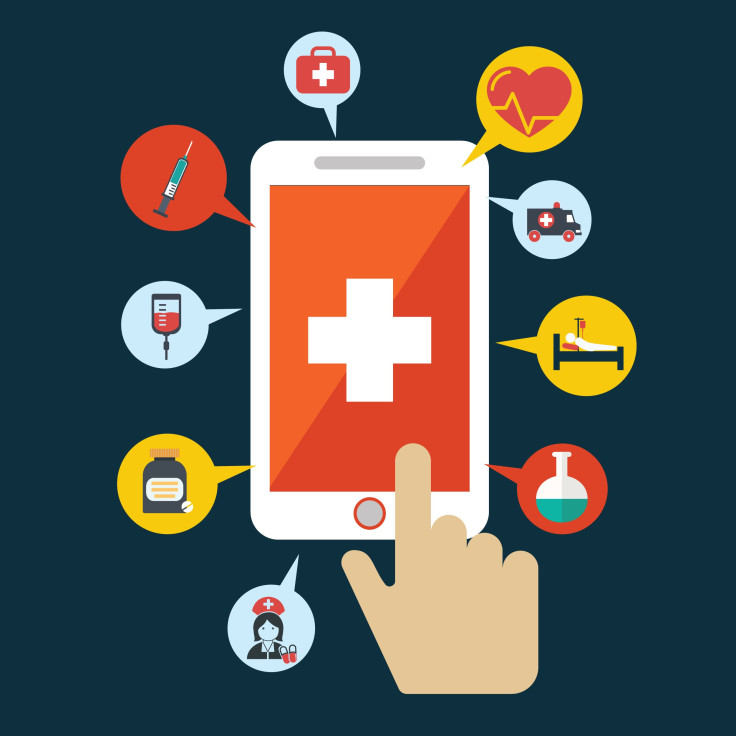Telemedicine Is The Future Of Health Care: On-Call Docs To Examine, Diagnose, And Treat Patients Remotely

Smartphones and tablets are used for just about everything, from monitoring your bank account to ordering a cab, so it would only make sense that health care become part of this technological advancement. Telemedicine is the union between technology and health, and many believe it is the future of health care in the U.S.
On Monday, at the American Telemedicine Association’s trade show in Los Angeles, American Well, a telemedicine provider, announced “Telehealth 2.0” — a broad sweeping list of telemedicine products and services. These include live “video visits” on your phone and the web, real-time patient data, and the ability for doctors to review and accept/decline visits on their mobile phone.
“We [want to] take telehealth that was used as a convenience measure for patients and put it in the hands of physicians,” said American Well CEO Roy Schoenberg, as reported by Forbes.
American Well’s move has further strengthened the prediction telemedicine is not a passing phase but here to stay. The technology needed for telemedicine as well as the demand for its services has been around for decades, but it’s not until fairly recently that this idea of “virtual check-ups” began to be taken seriously by health professionals.
Telemedicine is highly convenient, a factor that is helping in its rise in popularity. American Well’s new app for physicians will include integrations with Apple’s biometrics to allow patients health records available at the touch of a finger. American Well also has an app which matches patients with doctors within two minutes. According to Forbes, American Well foresees doctors eventually easily shifting between their virtual and physical waiting room patients, a skill which will allow them to see more patients than ever before. Allowing doctors to deal with minor health concerns, such as flus and colds in a virtual setting would theoretically make more space in actual waiting rooms for more seriously ill patients.
Beyond the cold and flu, Schoenberg explains, telemedicine has potential to treat more complex conditions, such as cancer and heart disease. Large hospital systems like the Cleveland Clinic and Massachusetts General are currently using American Well technology to treat patients, he said.
Wired reported that UnitedHealthcare, Oscar, WellPoint, and some BlueCross BlueSheild plans have adopted telemedicine programs in recent years.
While telemedicine does sound exciting, it’s not without its hurdles. For example, making access to a doctor that easy may lead to patient-overuse, a problem which could overwhelm the already inundated health care system. There’s also the fact that old habits die hard and although it may be possible to have a virtual doctor’s appointment, for now, doctors and patients alike may prefer the old-fashioned face-to-face check-up.
Regardless of these hurdles, it’s clear that telemedicine is here to stay and bound to only become more popular. And while there is a long way to go before we’re all able to have 24/7 medical help at the touch of our fingers, this latest announcement from American Well is certainly a step in that direction.



























